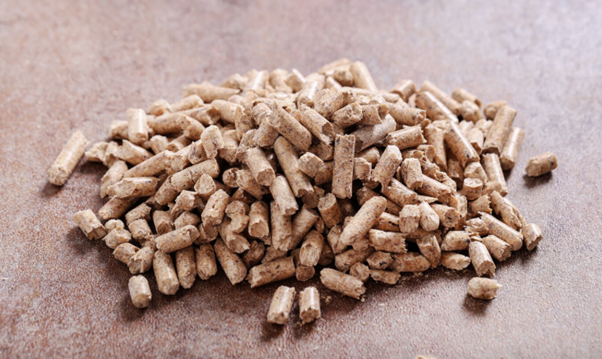Chitin and Chitosan
What is Chitin?
Chitin, a polysaccharide is considered the second most plentiful biopolymer in nature after cellulose. It is widely distributed in nature as ordered macrofibrils, made of linked N-acetylglucosamine subunits. It is a linear amino polysaccharide composed of β-(1-4)-connected 2-deoxy-2-acetamido-D-glucose units and Its chemical formula is (C8H13O5N)n.
While the structure of chitin is most identical to that of cellulose. Its function is most similar to that of keratin protein. The word “chitin” derives from the French word chitine and Greek word chiton, which means “covering.” Although both words come from the same source, “chitin” they should not be confused with “chiton,” which is a mollusk with a protective shell.
Difference between Chitin and Chitosan?
Chitosan is a modified natural carbohydrate polymer derived from chitin, made by deacetylation of chitin. Chitin is made up of a linear chain of acetylglucosamine groups while chitosan is obtained by removing enough acetyl groups (CH3-CO) for the molecule to be soluble in most diluted acids. Chitin is insoluble in water, while chitosan is soluble. The actual difference between chitin and chitosan is the acetyl content of the polymer. Chitosan having a free amino group is the most useful derivative of chitin.
Shrimps as sources
It forms the major structural component in the exoskeletons of the crustaceans, crabs and shrimps, as well as the cell walls of fungi. The most abundant source being Shrimp shells.
Shrimp shells are mainly composed of chitin, proteins, and minerals. It is reported that shrimp accounts for about 45% of processed seafood. The shrimp processing industry produces massive amounts of by-products, such as shrimp shells. These shrimp by-products are usually used in producing low-value animal feeds and biological fertilizers. Its use in synthesizing Chitin and Chitosan will benefit conversion of these by-products into high-value products/ biomaterials.
Applications of Chitin & Chitosan
Chitin and chitosan, owing to their unique biochemical properties such as biocompatibility, biodegradability, ability to form films, high porosity, predictable degradation rate, structural integrity, non-toxicity to cells and biocompatibility have found many promising biomedical applications. And made them ideal candidates for use in tissue engineering, drug and gene delivery, wound healing and stem cell technology.
Tissue engineering: It is one of the most-studied fields in which chitin and chitosan have been successfully used to fabricate polymeric scaffolds for purposes of tissue repair and regeneration. These biopolymers can be easily processed into various products, including hydrogels, membranes, nano-fibers, beads, micro/nanoparticles, scaffolds and sponges.
Drug delivery and Bio-imaging: Nanotechnology has also increasingly applied chitin and chitosan-based materials in its most recent achievements. Use of chitosan to produce designed-nanocarriers and to enable microencapsulation techniques is under increasing investigation for the delivery of drugs, biologics and vaccines. Loading chitin-based nanoparticles with various drugs such as lamivudine and 5-fluorouracil for HIV and cancer respectively, are just two examples of successful applications of chitin and chitosan in drug delivery. Chitosan can also be successfully used in solution, as hydrogels and/or nano/micro-particles, and (with different degrees of deactivation) an endless array of derivatives with customized biochemical properties can be prepared. More recently, semiconductor nano-crystals (quantum dots) have been coated with chitosan for bioimaging applications in cancer diagnosis. The enhancement of immune responses against pathogenic microorganisms by using chitosan derivatives as vaccine adjuvants has also been reported.
Following list includes additional application area for these materials:
- Wound healing
- Cancer diagnosis
- Chitin and chitosan based dressings
- Ophthalmology
- Antibacterial properties
- Anti-thrombogenic and haemostatic materials
- Anti Aging cosmetics
- Antitumor activity
- Vaccine Adjuvant
- Food additive to preserve food from microbial deterioration
- Recovery of waste material from food processing discards
- Purification of water and clarification
- De-acidification of fruit juices
The unique biochemical properties of chitin and chitosan suggest they could be seen as almost ideal biopolymers with numerous applications in biomedical research. These materials can be processed into various products and on the other hand it is possible to fabricate scaffolds and nanoparticles with increasing applications in the burgeoning field of nanomedicine. To summarize, it is one of the most well-studied biomaterials, increasing research on this versatile material will lead to advent of more promising applications in areas ranging from bio-medical, nano-medical applications to even wider variety of applications in food packaging and processing, agriculture, biotechnology and cosmetics.

